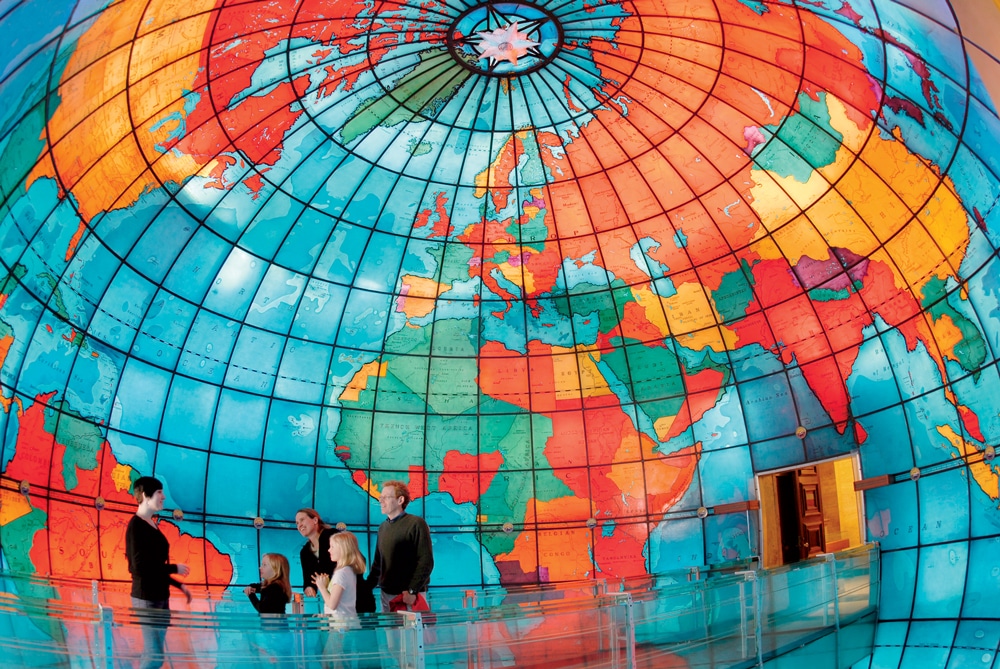Magazine
The Mapparium | Up Close
When you walk into the Mapparium at the Mary Baker Eddy Library at Boston’s Christian Science Center, you enter a world like no other.

Coffee By Design | Portland, Maine
Photo Credit : Katherine KeenanYou look like someone who appreciates a good story
- Unlimited access on the web
- Watch episodes online
Already a subscriber? Sign in







